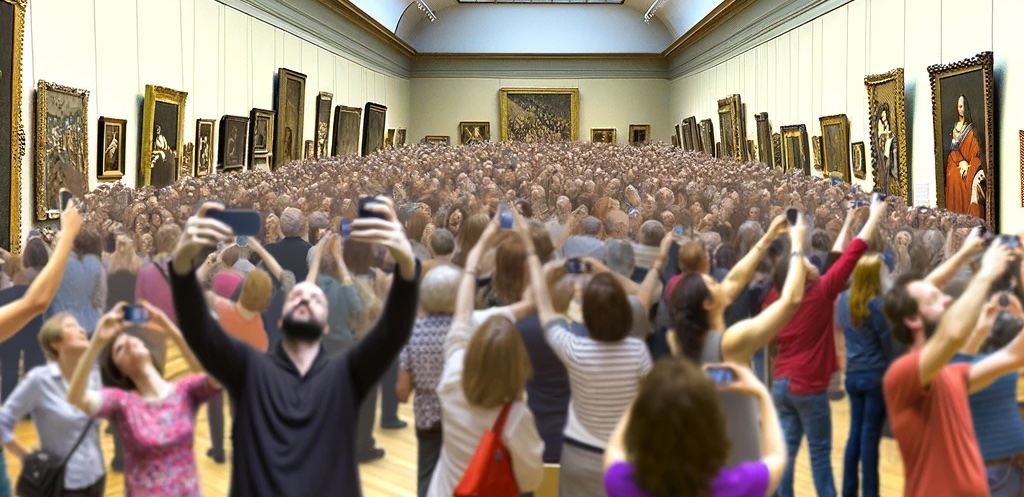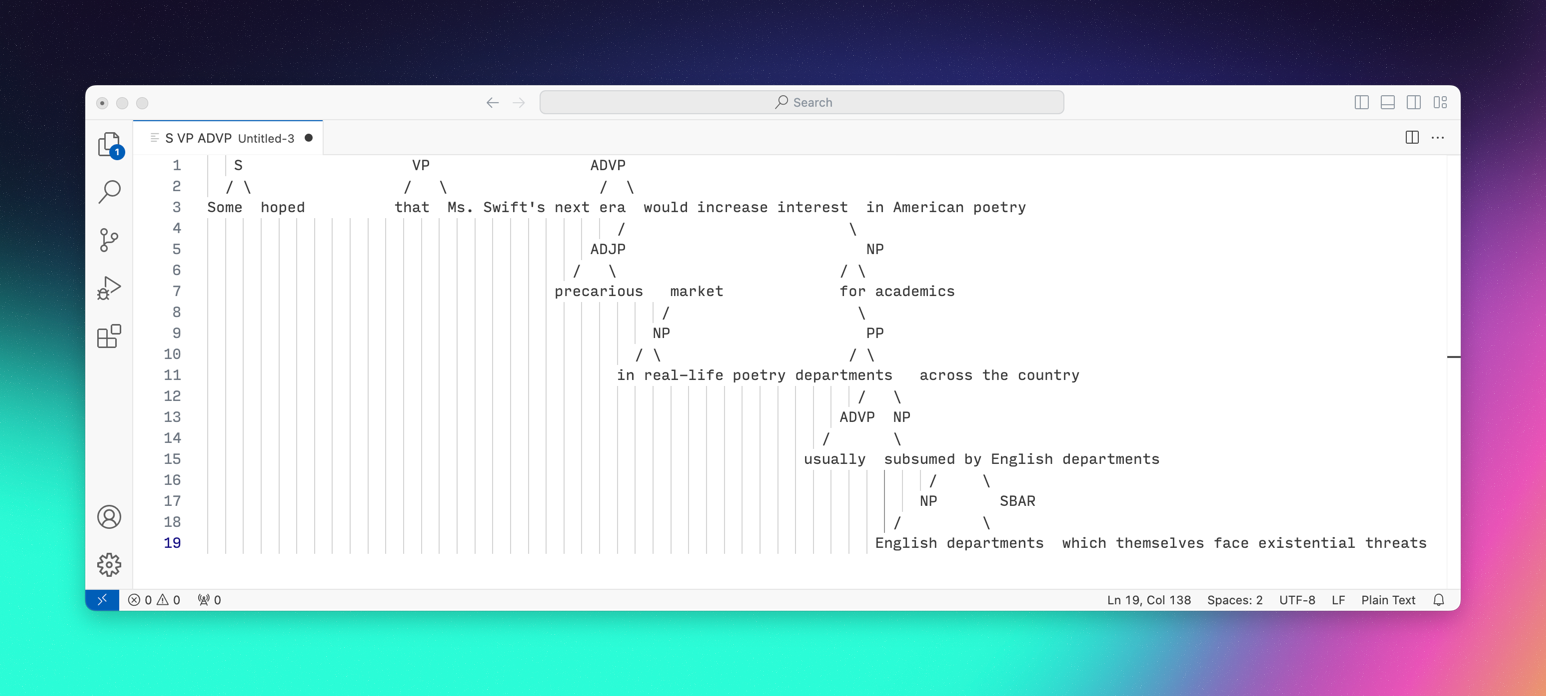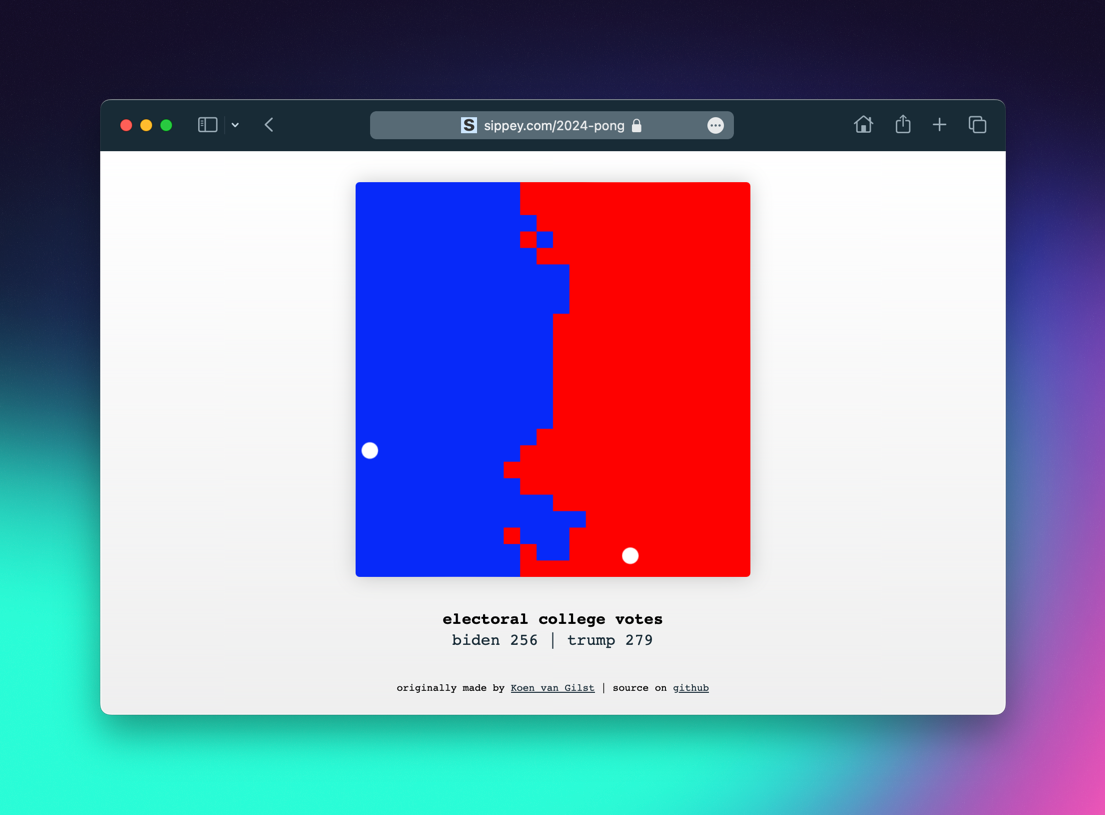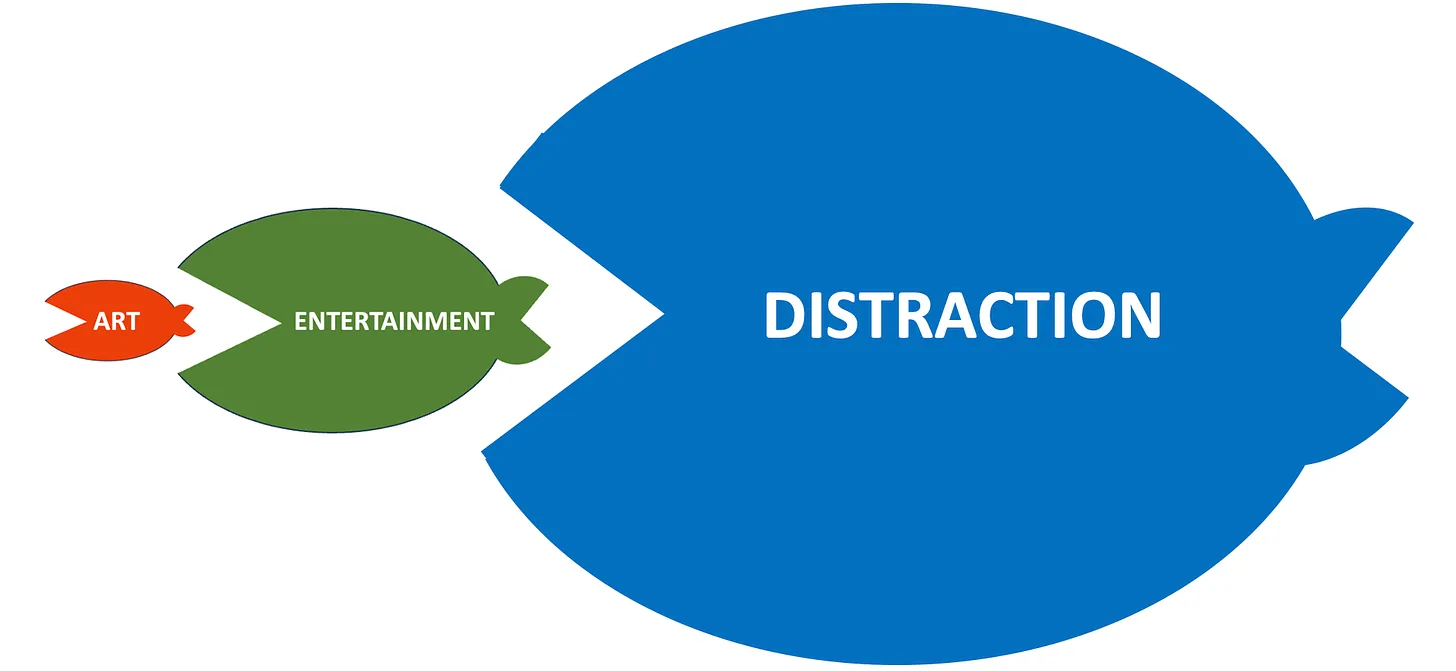there are 10 posts from February 2024
Colin Ainsworth, in the Paris Review, visits Chip and Joanna Gaines’ new hotel in Waco, which has been outfitted with the thousands and thousands of books they bought from Larry McMurtry.
In the library, I get as close to the shelves as I can and tilt my head to read the spines. There’s a copy of Moby-Dick just over the railing of the stairs. I look down over the library to see if taking it off the shelf is kosher. I don’t see anyone with a book, but I also don’t see any security or anyone telling me I’m about to do something wrong. I grab it and flip through it, still conscious that someone might be watching, and when I really realize that no one is paying attention, it occurs to me that I could walk out of this hotel with this book right now: Larry McMurtry’s personal copy of Moby-Dick, or at least, one from his bookstore, could be mine. I text a couple of friends this idea before I put the book back on the shelf.
Brian Morrissey on Bill Ackman, Ackman’s three hour conversation with Lex Fridman, and incentives in journalism and the media business:
The real issue Ackman underlines is a cultural insularity within the profession that has to be acknowledged. It’s too easy to blame external forces for the declines in trust and simple prestige of the news industry. There’s groupthink that tends to coalesce around a singular point of view. This got exacerbated during Trump and a generational shift toward a form of activism that’s been embedded in journalism for a while but has become heightened in recent years. Speaking truth to power became “calling out” various transgressions. The moralizing over dumb tweets did the profession no favors.
Worth reading in full.
pong wars, electoral college edition
I really love watching the random math of Pong Wars play out, but it felt like it needed some actual stakes. So I updated it for 2024.
Sari Azout on Artifact shutting down, reacting to the argument that “the market opportunity isn’t big enough to warrant continued investment in this way.”
”The market opportunity isn’t big enough” – for reading? For knowledge?
That’s such a cop out. … Right around the time of their launch, I listened to an interview with the founders framing their new venture along the lines of “AI has captured our imagination and personalized news feels like a good place to start”.
From the outside, the narrative felt very tech for the sake of tech.
Rosencrans Baldwin encounters a Starbucks barista who has never served just a plain espresso:
“So, you drink it just like that,” he said, musing. “I’ll be honest, I’ve never seen that before.”
“Maybe it’s old school,” I said.
“That’s sick, bro,” he said. “That’s so sick. I might have to try that.”
Virginia Heffernan on Presidents’ Day:
As with Shakespeare, who wasn’t revered as the English GOAT until some 150 years after his death, Washington wasn’t figured the full American GOAT right away. In 1869, his face was engraved on the dollar bill. In 1879, his birthday became a national holiday. In 1884, the Washington Monument was completed.
All of that followed the Civil War. In celebrating Washington, therefore, we’re recalling not just the founding of the nation, but the refounding. We’re revisiting the national myth-making that was meant to tie the Union back together after it was torn apart.
Ted Gioia on the state of the culture in one brilliant graphic:
Related: from 2022, Adam Mastroianni, Pop Culture Has Become an Oligopoly:
As options multiply, choosing gets harder. … More opportunities means higher opportunity costs, which could lead to lower risk tolerance. When the only way to watch a movie is to go pick one of the seven playing at your local AMC, you might take a chance on something new. But when you’ve got a million movies to pick from, picking a safe, familiar option seems more sensible than gambling on an original.

Specialist insurer Hiscox has reported a trend of selfie-taking visitors damaging valuable paintings, objects, and installations by walking into them backward. … Hiscox’s head of art and private clients, Robert Read, dubbed the phenomenon “a pandemic of selfies,” as the consequences are happening at prominent art institutions across the globe.
Emphasis mine, because “a pandemic of selfies” is the perfect collective noun.
Emanuel Derman in WITI on watercolor technique, but not really…
The surface you paint on determines what you can achieve.
torturing poets
Of course The New York Times sought out actual poets who would comment on the title of the upcoming Taylor Swift album, “The Tortured Poets Department.” Some loved it! Some were worried about the whole “tortured” typecasting thing! And one even likened Taylor to Wordsworth!
But this 35 word sentence towards the end of the piece floored me.
Some hoped that Ms. Swift’s next era would increase interest in American poetry, a precarious market for academics in real-life poetry departments — usually subsumed by English departments, which themselves face existential threats — across the country.
There’s a lot going on here. It kicks off with the classic indefinite subject (“Some”), and then pins a massive subordinate clause on “hoped” and then twists and turns through…the politics of academia?
My brain hurt trying to deconstruct it all, so I did what any diehard Swift fan / long lost English major would do: I went to Chat GPT and asked it to diagram this sentence.
Alas, GPT-4 was sort of cantankerous, and while it did a lovely job explaining different parts of grammar, it wasn’t terribly helpful in actually drawing anything.
While I can’t draw this visually here, imagine the main clause as the top line of your diagram, with each additional element branching off below it according to its function in the sentence. Each level of the diagram would represent a different layer of complexity within the sentence, from the main clause at the top to the most detailed modifiers and descriptive elements at the bottom.
OK! Yes! That’s what I was imagining!
For actual diagramming, drawing software or a pen and paper would be best to accurately represent these relationships visually.
Oh…OK, sure.
Thank goodness for the marketplace of ideas, because it turns out that Bard is an excellent sentence diagrammer. It spat out an ASCII representation of the sentence diagram in Reed-Kellogg format (full text here, image pasted below), as well as a very detailed description of what’s going on in this sentence.

- Main Clause: The main clause of the sentence is “Some hoped,” which establishes the basic subject-verb relationship. “Some” acts as the indefinite subject, and “hoped” is the past tense verb.
- Subordinate Clause: The clause “that Ms. Swift’s next era would increase interest in American poetry” modifies the verb “hoped.” It functions as an adverbial clause, providing more context about the object of hope.
- Subject: “Ms. Swift’s next era” acts as the subject of the subordinate clause. The possessive construction “Ms. Swift’s” indicates ownership of the “era.”
- Verb: “Would increase” is the modal verb combined with the base verb “increase,” expressing a conditional possibility.
- Object: “Interest in American poetry” is the direct object of the verb “increase.” The prepositional phrase “in American poetry” clarifies what is being increased.
- Appositive Phrase: The phrase “a precarious market for academics in real-life poetry departments” serves as an appositive to “American poetry,” providing additional information and clarification about its nature.
- Adjective: “Precarious” modifies “market,” describing its uncertain and unstable nature.
- Prepositional Phrase: “For academics in real-life poetry departments” clarifies who is affected by the precariousness of the market.
- Preposition: “For” indicates the beneficiaries or recipients of the precarious market.
- Noun Phrase: “Academics in real-life poetry departments” specifies the group facing the precarious market conditions.
- Noun: “Academics” refers to the people working in the field.
- Prepositional Phrase: “In real-life poetry departments” restricts the type of academics to those specifically associated with poetry departments, excluding theoretical or purely literary-focused academics.
- Participial Phrase: The phrase “usually subsumed by English departments” modifies “poetry departments,” providing further context about their status.
- Participle: “Subsumed” is the past participle of the verb “subsume,” indicating an action that has already happened.
- Prepositional Phrase: “By English departments” clarifies who is doing the subsuming.
- Relative Clause: The clause “which themselves face existential threats” modifies “English departments,” adding another layer of information.
- Subject: “English departments” acts as the subject of the relative clause.
- Verb: “Face” is the present tense verb indicating an ongoing situation.
- Object: “Existential threats” is the direct object of the verb “face.”
- Reflexive Pronoun: “Themselves” emphasizes that the English departments are facing the threats directly.
- Adverbial Phrase: The phrase “across the country” modifies the verb “increase,” specifying the geographical scope of the potential rise in interest.
I hope this more detailed explanation clarifies the sentence’s structure and the relationships between its parts!
What were we talking about? Oh yeah, tortured poets. April 19. Can’t wait.
Being able to say, “wherever you get your podcasts” is a radical statement. Because what it represents is the triumph of exactly the kind of technology that’s supposed to be impossible: open, empowering tech that’s not owned by any one company, that can’t be controlled by any one company, and that allows people to have ownership over their work and their relationship with their audience.
M.G. Siegler, Unchoking the Web:
It is absolutely not enjoyable to visit many websites of today. Especially content-focused websites which have become an absolute cesspool of obnoxious ads which at best distract from and often outright block the content. And that’s if you can get the pages to load, which is a chore in and of itself because of all the scripts these pages are running to be able to glean more insight so as to get more information to serve up said shitty ads. It’s a fucking nightmare.
Arc Search is currently my default mobile browser for three reasons:
- It opens right to the search experience.
- The “let’s make a web page for you” is a clever solution to a real problem that M.G. so correctly outlines.
- The whole experience is just delightful.
bobby koons
Somehow I missed Andy Baio’s post from May of last year, The Unhinged Miniature World of Bobby Fingers. As usual I’m late to this party.
If you haven’t seen them before, Bobby Fingers makes elaborate 1:9 scale dioramas depicting embarrassing moments in the lives of famous men, showing off his talents in model-making with a range of techniques from Bronze Age wax casting to modern 3D laser scanning.
But I discovered Mr. Fingers’ work today, thanks to Kevin Kelly’s tip in Recomendo, who calls them “Dada YouTube.”
His long videos are masterpieces of meticulous art craftsmanship, elaborate prank puzzles, indie music, deadpan comedy, all disguised as one of the best maker tutorials I’ve ever seen. It is very hard to describe their obsessive weirdness and elegant absurdity.
Drunk Mel Gibson Arrest Diorama is the best place to start, but Michael Jackson on Fire Diorama deserves a spot in the contemporary canon alongside Jeff Koons’ Michael Jackson and Bubbles.



